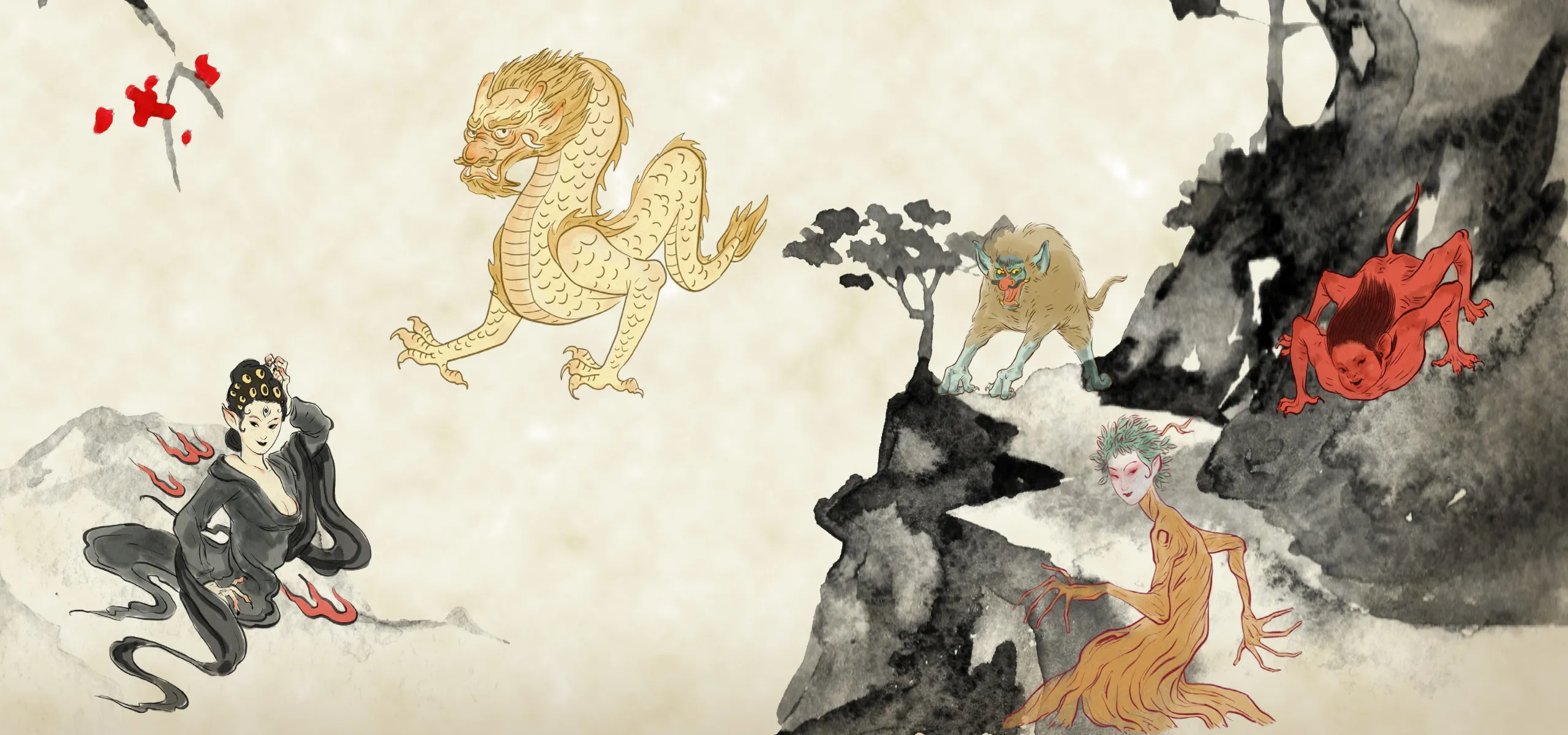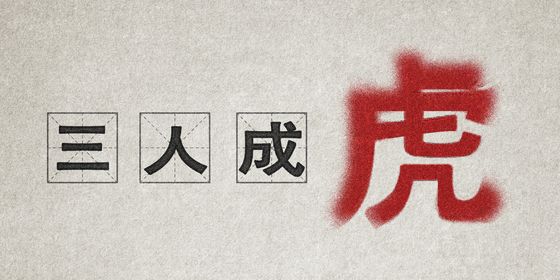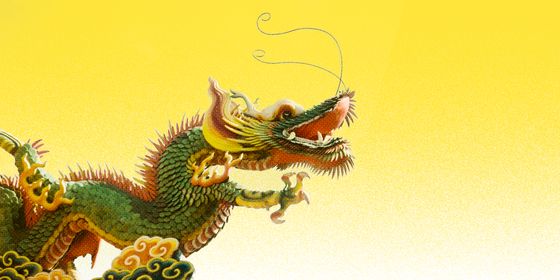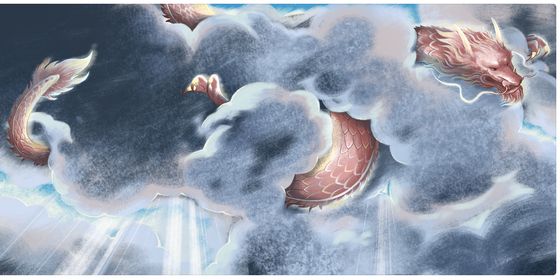Halloween may be a Western import, but ancient Chinese literature is full of spooky beasts, demons, and ghosts to consider this October 31
With Halloween just around the corner, you may be dusting off your zombie costume, or cutting eye-holes in a bed sheet to turn yourself into a ghost. But there is another way: How about dressing up as a traditional Chinese supernatural being?
Despite Halloween (万圣节 Wànshèngjié, literally, “10,000 Saint’s Day”) being a Western import, there is no shortage of monsters and demons in traditional Chinese literature. But rather than wade through the Ming dynasty (1368 – 1644) fantasy epic Journey to the West or Pu Songling’s renowned collection of ghost stories from the Qing dynasty (1616 – 1911), Strange Tales from a Chinese Studio, to learn about these infamous devils, TWOC has prepared a guide to some of the most renowned monsters for you to consider as your Halloween costume.
First, though, let’s clear up some terms. Like in English, Chinese has many words representing different kinds of scary creatures. For example, 妖 (yāo) are evil spirits that are transformed from magic plants or animals; while 怪 (guài), or “monster,” are beasts, or even non-living objects such as jade and musical instruments, with grotesque appearances. 魔 (mó), on the other hand, refers to devils or demons that seek to harm or kill humans. Sometimes, celestial beings also fall into the 魔 category.
Meanwhile, the character 鬼 (guǐ) means “ghost.” It’s said if a person dies in an unjust way, their spirit will become a “hungry ghost” that haunts the world seeking sustenance. 鬼 is also a radical found in other characters which refer to various monsters, demons, beasts, ghosts, and other supernatural (and usually unpleasant) creatures.
A difficult-to-write chengyu, 魑魅魍魉 (chīmèi wǎngliǎng), contains the names of three types of ghost to beware. This idiom, originally a shorthand for ghosts and monsters of all kinds, is now a metaphor for evil people in society.
The first monster mentioned in the idiom is the 魑 (chī), which was also written as 螭 in some ancient texts. This frightening beast is believed to be a mountain deity with a monstrous appearance, that hides in the woods waiting for defenseless people to prey on.













